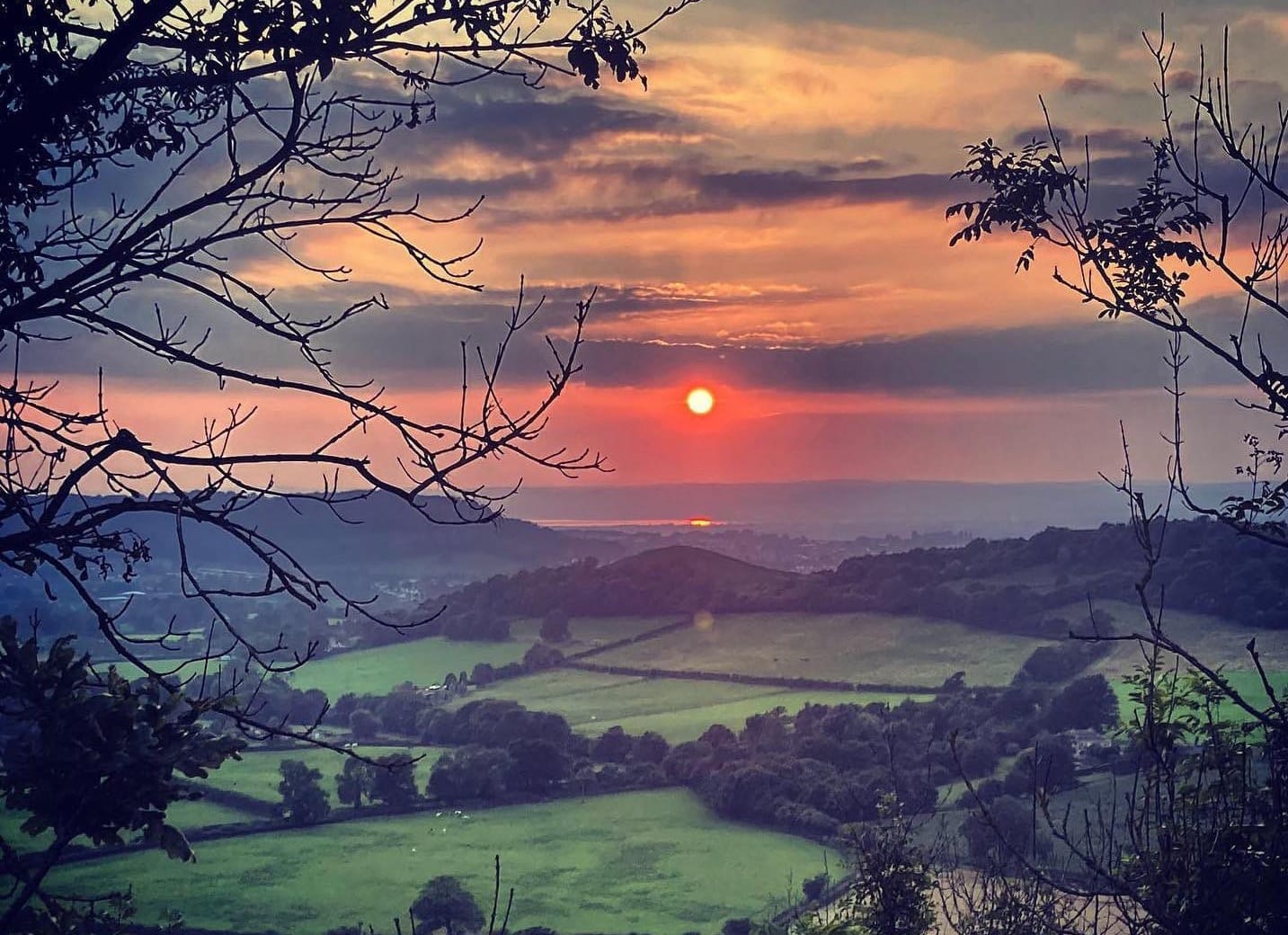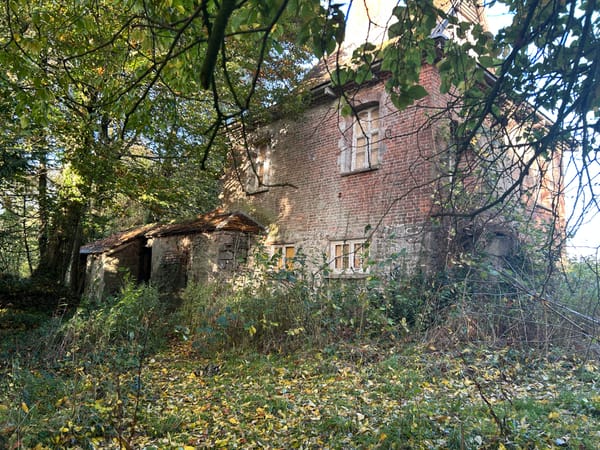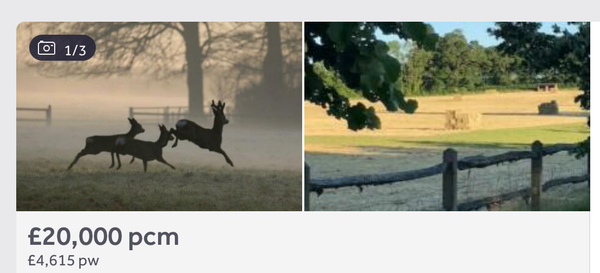
Important Biographical Information About Some Goats I Have Met On My Walks
There's also a sheep version of this, in case you missed it. Subscribe now Today's post was a free one, but if you'd like to support my writing with a subscription, you can do so here and get access to everything I post, including











